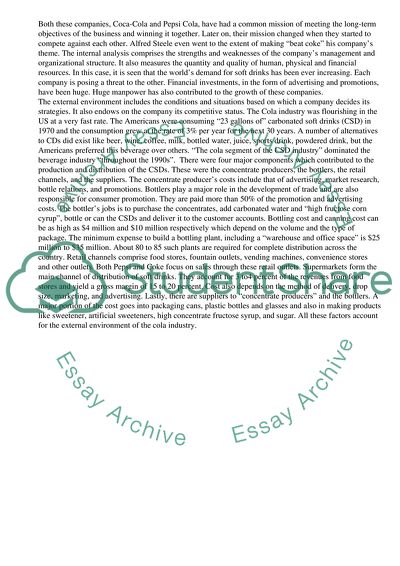Cite this document
(Coca-Cola and Pepsi Cola's Coexistence Case Study, n.d.)
Coca-Cola and Pepsi Cola's Coexistence Case Study. Retrieved from https://studentshare.org/business/1739295-cola
Coca-Cola and Pepsi Cola's Coexistence Case Study. Retrieved from https://studentshare.org/business/1739295-cola
(Coca-Cola and Pepsi Cola'S Coexistence Case Study)
Coca-Cola and Pepsi Cola'S Coexistence Case Study. https://studentshare.org/business/1739295-cola.
Coca-Cola and Pepsi Cola'S Coexistence Case Study. https://studentshare.org/business/1739295-cola.
“Coca-Cola and Pepsi Cola'S Coexistence Case Study”, n.d. https://studentshare.org/business/1739295-cola.


